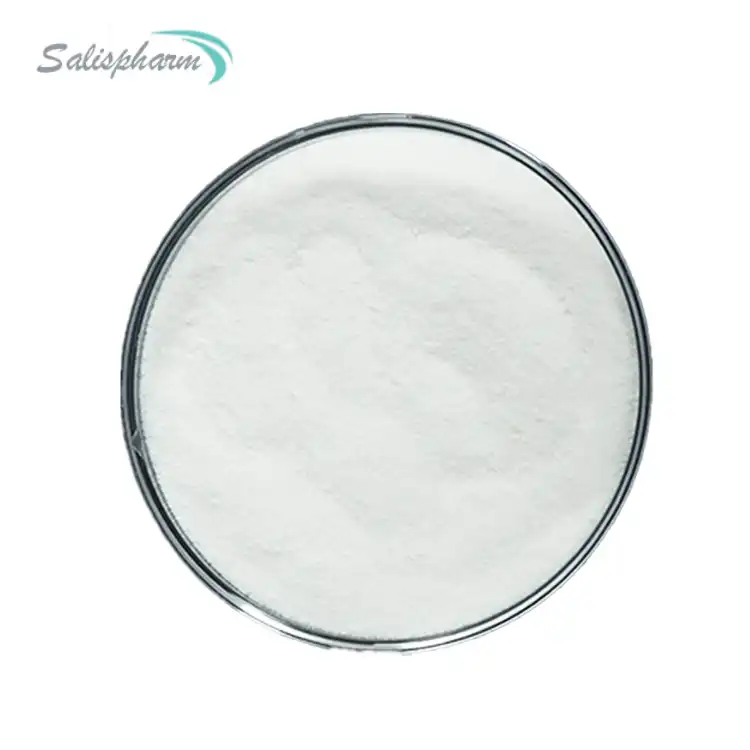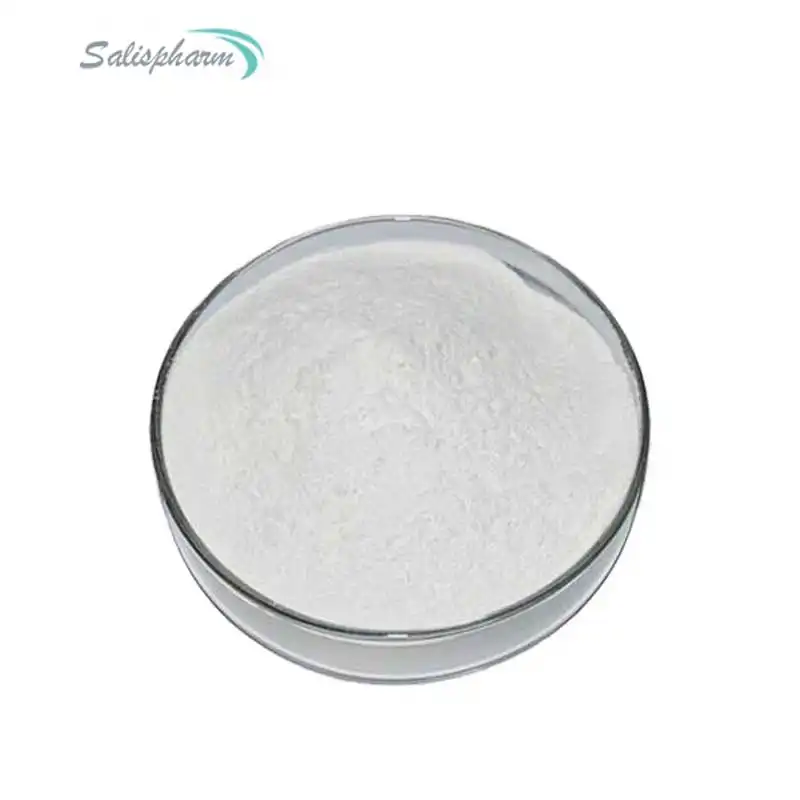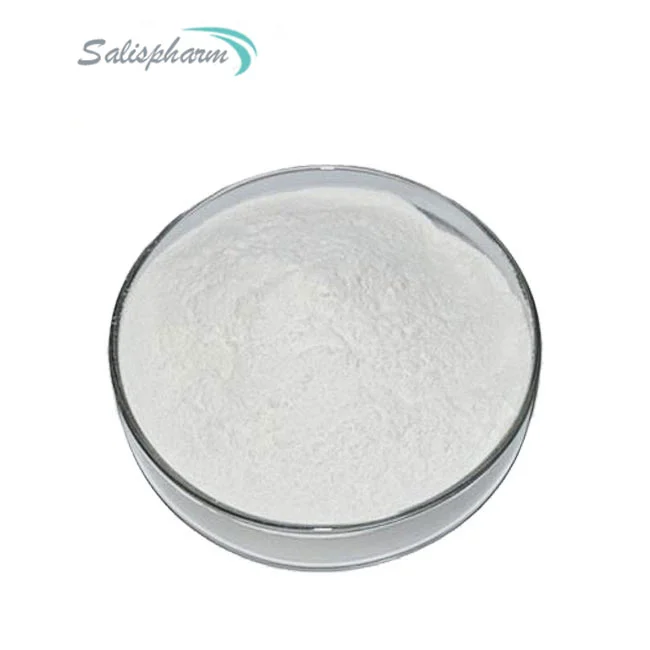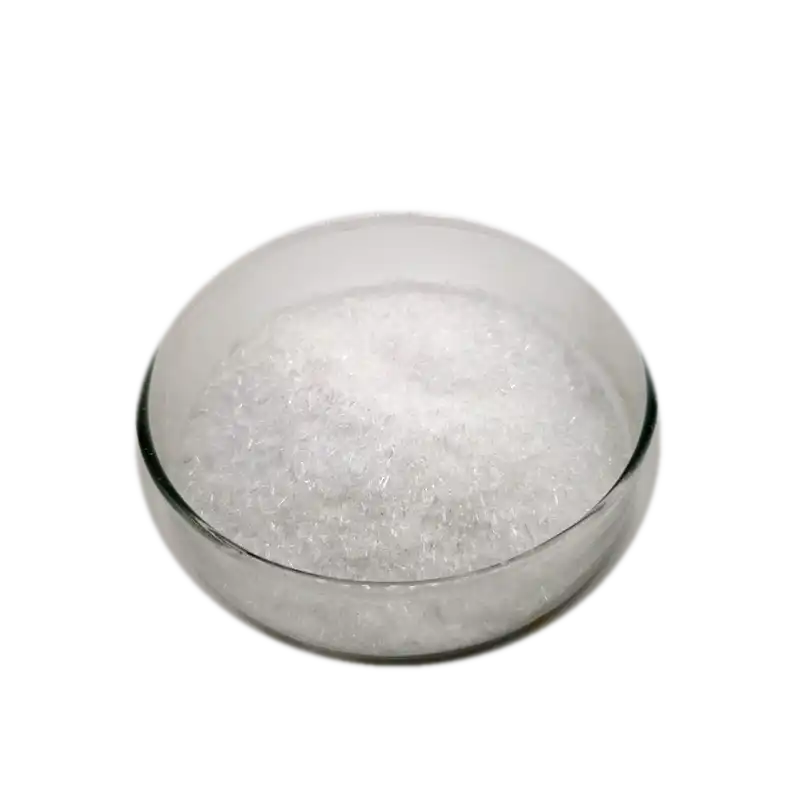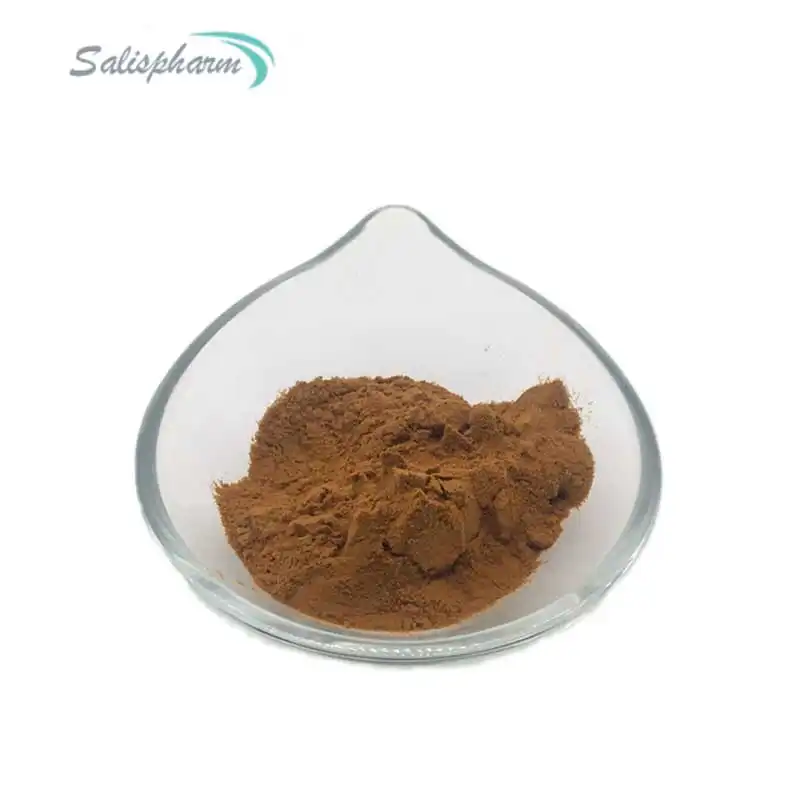Lidocaine power is a versatile anesthetic agent used widely in medical and dental practices. As a local anesthetic, it is primarily used to numb specific areas to prevent pain during procedures. Lidocaine's properties make it effective for not only medical applications but also in various other fields, such as cosmetic procedures.
How Is Pure lidocaine power Applied in Medical Procedures?
In the medical field, Pure lidocaine power is frequently employed to numb areas for surgical procedures, both minor and significant. It's beneficial for:
Minor Surgeries: Pure lidocaine power can be mixed into a solution and applied topically or injected to numb small areas before minor surgeries such as mole removal or small dermatological procedures.
Dental Procedures: Dentists often use lidocaine to numb the mouth during extractions, filling cavities, or root canals.
Pain Management: For patients suffering from chronic pain, lidocaine can be used to block pain signals at the nerve source.
Preparation of Lidocaine Solution: Pure lidocaine power is dissolved in a suitable solvent, such as sterile water or saline solution, to prepare a lidocaine solution. The concentration of the solution depends on the intended use and the dosage required for the procedure. Healthcare professionals follow specific guidelines and protocols for accurately measuring and mixing the Pure lidocaine power with the solvent to achieve the desired concentration.
Topical Application: Lidocaine solution can be applied topically to the skin or mucous membranes to provide local anesthesia for minor procedures or to alleviate pain or discomfort associated with certain conditions. Topical lidocaine formulations are commonly used in dermatology, minor surgeries, wound care, and the placement of vascular access devices.
Injection: Lidocaine solution is frequently administered via injection for local anesthesia during various medical procedures, including surgical interventions, dental procedures, minor surgeries, biopsies, and diagnostic tests. The lidocaine solution is injected directly into the tissues surrounding the targeted area to numb the nerves and block sensation, allowing the procedure to be performed with minimal pain or discomfort for the patient.
Infusion: In some cases, lidocaine solution may be administered as an intravenous infusion for specific indications, such as the management of certain types of chronic pain, neuropathic pain conditions, or cardiac arrhythmias. Lidocaine infusions are typically administered in hospital settings under close medical supervision.
Inhalation: Although less common, lidocaine can also be administered via inhalation for certain medical procedures, such as bronchoscopy or endotracheal intubation. Lidocaine inhalation can help to anesthetize the respiratory tract and suppress cough reflexes during these procedures.
These applications highlight lidocaine's critical role in managing pain and facilitating various medical procedures without discomfort.
Throughout the application of lidocaine in medical procedures, healthcare professionals adhere to strict safety protocols to ensure accurate dosing, minimize the risk of adverse reactions, and optimize patient comfort and outcomes. Patient monitoring and appropriate post-procedural care are also essential components of the use of lidocaine in medical settings.
What Are the Side Effects and Safety Concerns with Pure lidocaine power?
Lidocaine, like any medication, can cause side effects and safety concerns, especially if not used properly. Here are some potential side effects and safety concerns associated with Pure lidocaine power:
Local Reactions: Injection of lidocaine can sometimes cause local reactions at the injection site, such as redness, swelling, or irritation. These reactions are usually mild and temporary but should be monitored by a healthcare professional.
Systemic Toxicity: Lidocaine can be absorbed into the bloodstream, especially when used in high doses or through injection. Excessive systemic absorption can lead to lidocaine toxicity, which may manifest as symptoms such as dizziness, lightheadedness, blurred vision, confusion, tremors, seizures, or changes in heart rate or rhythm. Severe lidocaine toxicity can be life-threatening and requires immediate medical attention.
Allergic Reactions: While rare, allergic reactions to lidocaine can occur. Symptoms of an allergic reaction may include rash, itching, swelling of the face or throat, difficulty breathing, or dizziness. Allergic reactions to lidocaine are more likely in individuals with a history of allergies to local anesthetics or other medications.
Methemoglobinemia: In rare cases, lidocaine can cause methemoglobinemia, a condition in which the blood contains high levels of methemoglobin, a form of hemoglobin that is unable to transport oxygen effectively. Methemoglobinemia can result in symptoms such as cyanosis (bluish discoloration of the skin), shortness of breath, dizziness, headache, or confusion. Severe cases of methemoglobinemia require prompt medical treatment.
Cardiovascular Effects: Lidocaine can have effects on the cardiovascular system, including changes in heart rate, blood pressure, and cardiac conduction. Patients with pre-existing cardiac conditions or those receiving large doses of lidocaine should be closely monitored for cardiovascular effects.
Central Nervous System Effects: Lidocaine can affect the central nervous system, leading to symptoms such as dizziness, confusion, agitation, or seizures, especially if administered in high doses or rapidly absorbed into the bloodstream.
Overdose: Accidental overdose of lidocaine can occur if too much medication is administered or if lidocaine is absorbed into the bloodstream too quickly. Overdose can result in severe toxicity and requires immediate medical intervention.
To minimize the risk of side effects and safety concerns with lidocaine powder, healthcare professionals should carefully follow dosing guidelines, use appropriate techniques for administration, monitor patients closely during and after procedures, and be prepared to manage potential adverse reactions promptly. Patients should also be informed about the potential risks and benefits of lidocaine treatment and encouraged to report any unusual symptoms to their healthcare provider.
Can Pure lidocaine power Be Used for Cosmetic Purposes?
Apart from its medical applications, Pure lidocaine power is also increasingly used in cosmetic procedures. It's beneficial for:
Skin Procedures: Used in procedures like laser hair removal or microneedling to reduce discomfort.
Cosmetic Enhancements: Often combined with other substances in creams and gels to make injections and other cosmetic procedures less painful.
Over-the-Counter Products: Available in some over-the-counter products for minor burns, insect bites, and other minor skin irritations.
The versatility of Pure lidocaine power in both medical and cosmetic fields demonstrates its effectiveness as a local anesthetic and its growing popularity in various applications.
conclusion
In conclusion, Pure lidocaine power serves as a powerful local anesthetic in the medical field, offering substantial benefits for surgeries, dental work, and pain management. It also finds a place in cosmetic procedures, providing comfort and reducing pain during treatments. However, understanding its side effects, safety concerns, and appropriate use scenarios is essential for maximizing its benefits while minimizing risks.
If you are interested in our products, please contact: iceyqiang@gmail.com

References
American Dental Association on Lidocaine Usage
FDA Guidelines for Local Anesthetics
Clinical Safety of Local Anesthetics, Journal of Anesthesia
Dermatological Procedures and Lidocaine Use, Dermatology Times
Overview of Lidocaine in Pain Management, Pain Management Nursing
Pharmacology of Lidocaine, British Journal of Pharmacology
Interaction of Lidocaine with Other Drugs, Clinical Pharmacology & Therapeutics
Application of Lidocaine in Cosmetic Procedures, Aesthetic Medicine Journal
Consumer Safety and Lidocaine Products, Consumer Health Digest
Lidocaine Toxicity Management, Emergency Medicine Journal


